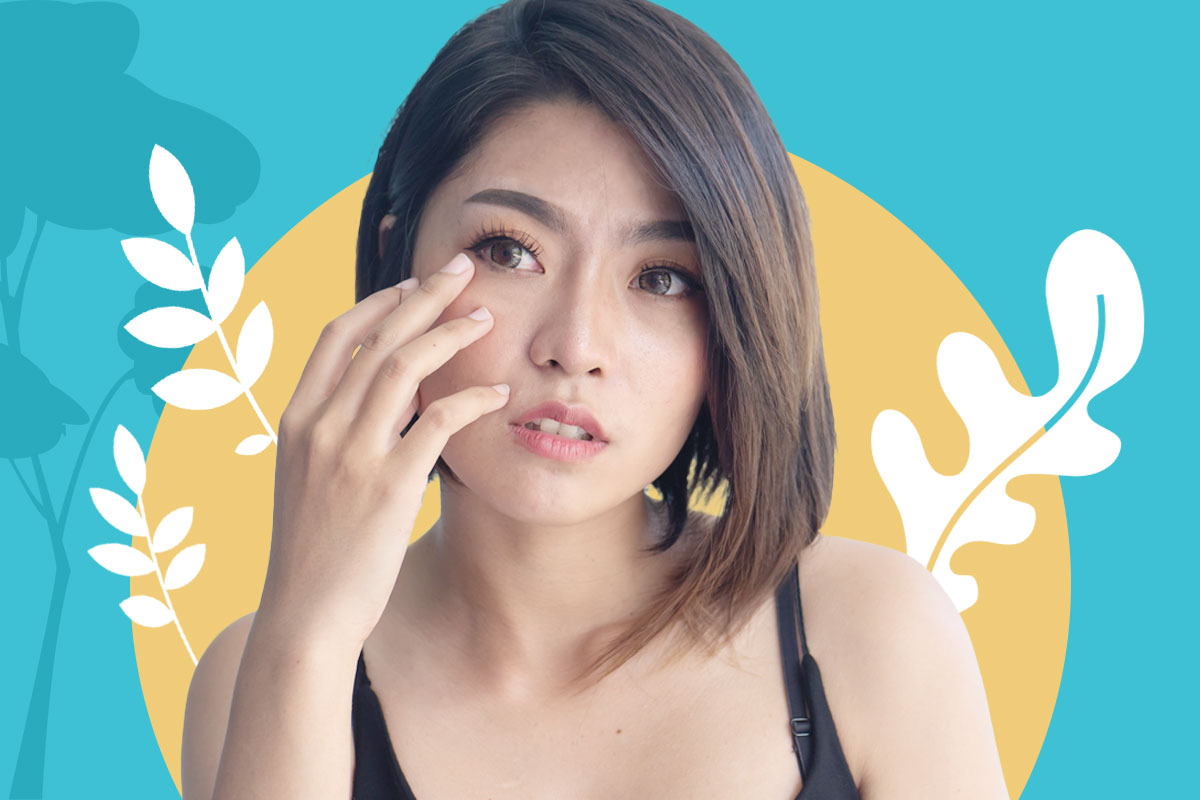Left eye twitching – How do I stop it?
A right or left eye twitching (or tic) is when your upper or lower eyelid undergoes a spasm or slight movement. Such a spasm is abrupt and can last for a minute, hours, days or weeks.
The majority of eyelid twitches are harmless and would not harm your vision. Yet if your eyelid muscles contract due to neurological problems like hemifacial spasms, your eyelids may shut more fully for longer time periods. When this happens, your vision would be limited or totally blocked and your other facial muscles may be impacted too.
Most of us who suffer from minor eyelid twitching may find it irritating but there are various ways to stop it.

Kinds of Eye Twitches
There are three prevalent types of eye twitches.
A minor eyelid twitch can be caused by fatigue, stress, or caffeine. When you get an irritation in the surface of your eye (cornea) or the membranes that line your eyelids (conjunctiva), you may suffer from it too.
Benign essential blepharospasm is another type of eye twitch that typically surfaces in mid-to late adulthood and exacerbates over time. Women are twice as likely to get it as men. It begins with incessant eye irritation or blinking. As your condition worsens, you may suffer from light sensitivity, blurry vision, and facial spasms that can be so intense that your eyelids have to stay shut for a few hours.
A hemifacial spasm is an uncommon condition that involves the muscles around your mouth and your eyelid. This type of spasm generally impacts only one side of your face, owing to an artery exerting pressure on a facial nerve.
Causes of Left Eye Twitching
Your eyelid might twitch for various reasons, such as:
- Stress
- Caffeine
- Alcohol
- Smoking
- Light sensitivity
- Fatigue
- Some medications
Furthermore, some nervous system disorders can lead to eyelid twitching. These include:
- Brain damage
- Parkinson’s disease
- Multiple sclerosis
- Bell’s palsy
Reduce your stress
Your eyelid twitch could be due to stress. To get rid of your twitch, find ways to reduce your stress, such as taking a short and restorative nap or going for a peaceful stroll.
Reduce your coffee intake
You may be drinking too much coffee containing caffeine. Caffeine can lead to eyelid twitching. To get rid of your twitching, reduce your coffee intake.
Moisten your eyes
Sometimes, dry or irritated eyes can lead to eyelid spasms. Use over-the-counter eye drops to moisten them in order to reduce or get rid of the twitching entirely.
Massage your eyelid gently
With your fingers, gently massage your twitching eyelid to reduce the spasms.
Consult your eye doctor if your eyelid twitching persists or intensifies, especially when:
- Your eyelid totally shuts
- Spasms involve other facial muscles, and affect your speech
- Eye redness, swelling, or discharge develops
- A drooping upper eyelid happens
- The twitch is prolonged, such as lasting for more than a week
Your doctor may monitor for signs of a brain or nerve problem or refer you to a specialist such as a neurologist.
Sign up for your next eye check now with planoEyecheck.
References
American Academy of Ophthalmology. 2022. How To Stop Eye Twitching. [online] Available at: <https://www.aao.org/eye-health/tips-prevention/how-to-stop-eye-twitching> [Accessed 19 February 2022].
Verywell Health. 2022. How to Reduce or Stop Eye Twitching. [online] Available at: <https://www.verywellhealth.com/how-to-stop-an-eye-twitch-3422065> [Accessed 19 February 2022].
Eye Twitching. [online] WebMD. Available at: <https://www.webmd.com/eye-health/why-your-eyes-twitch> [Accessed 28 February 2022].
Tools Designed for Healthier Eyes
Explore our specifically designed products and services backed by eye health professionals to help keep your children safe online and their eyes healthy.

